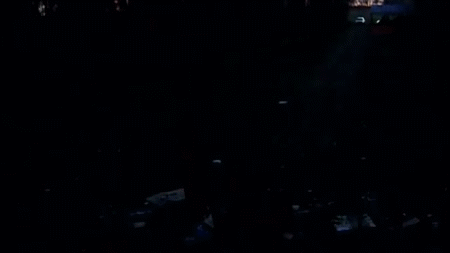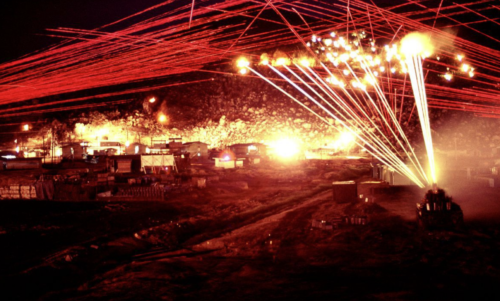
Back in 2011 the US Army announced it was researching how to replace the high-visibility tracer rounds with something only they could see.
Tracer rounds today are used primarily with fully automatic firearms; they give off a “large flame behind them during flight allowing observers, including the target, to see where the tracer was fired from. With non-combustible tracers, only the rear of the bullet is emitting light directly at the shooter which greatly reduces the ability of others to determine the shooter’s location. This increases survivability of our forces,” explained Daniel De Bonis, a materials engineer in ARL’s Weapons and Materials Research Directorate.
He said creating a non-combustible, low observable tracer (LOT) round solution, would eliminate the pyrotechnic material that give traditional combustible rounds their ‘fireworks-like effect.’
Presumably this research has faded significantly because a new announcement just has been made that tracers should be replaced entirely.
USSOCOM is seeking 7.62mm x 51 NATO spotting rounds to replace tracers for adjusting machine gun fire, both day and night, producing a flash and /or smoke signature visible at 800m-1200m. Current tracers allow gunners to observe the trajectory of the rounds and make aiming corrections without observing the impact of the rounds fired and without using the sights of the weapon. However, these rounds give away the gunners position, burn out before the maximum range of the machine gun and draws enemy fire. Replacing tracers with marking or spotting pyrotechnic rounds enables the gunner to directly control the impact on to the target, shows target coverage, and does not disclose the shooters location. This will increase the accuracy of machine gun fire, save ammunition, and increase gunner survivability.
Survival is a trade-off. The shooter has to see, yet not reveal themselves. It’s a tall order to make targeting work from one side’s view only when we’re talking about high rate of powerful weapon fire. Disclosure of information about the position of a soldier, and their need to see where they are aiming, is tough to reconcile with the simple fact that a high power weapon firing at a fast rate will be oozing a lot of data into a dark night.
